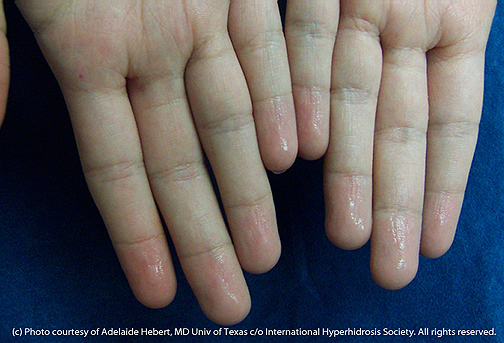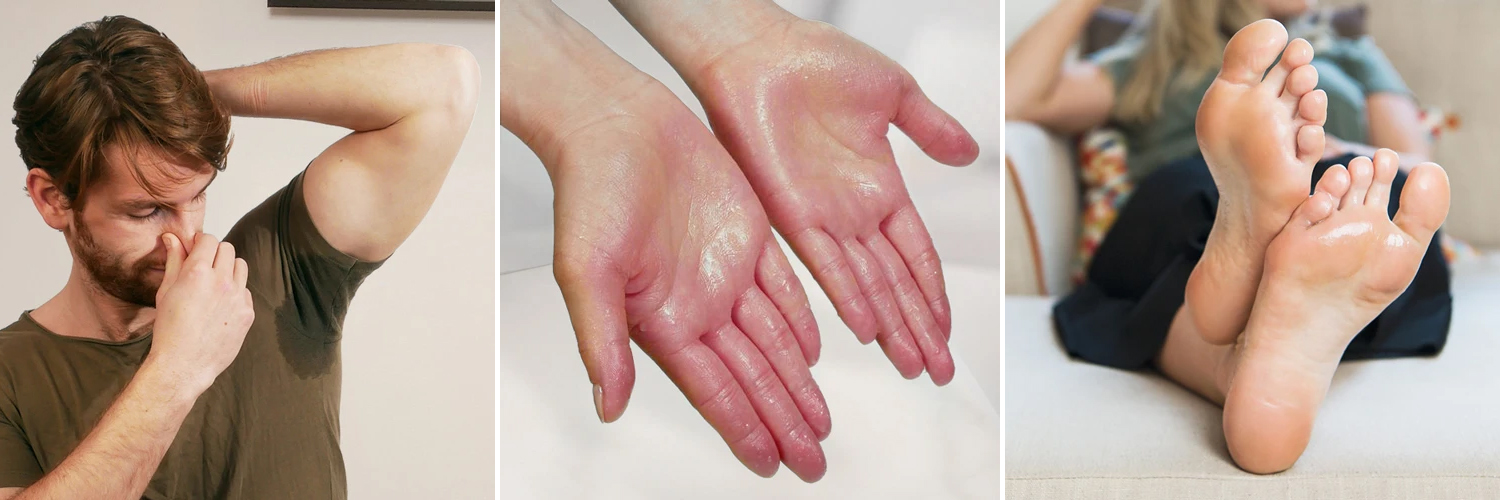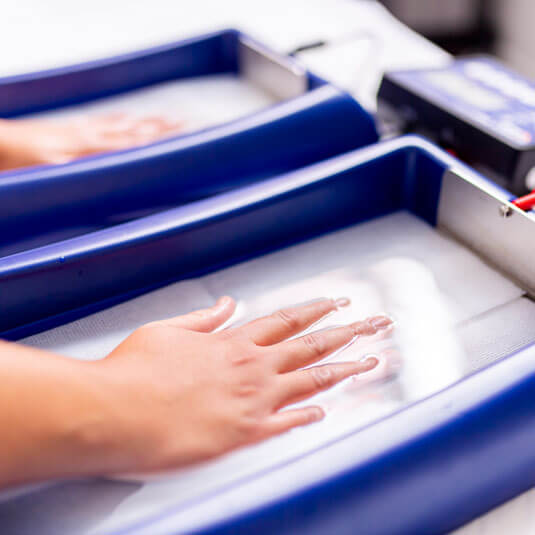Dermatology Tips and Treatments for Hyperhydrosis of Hands: Cutting-edge Solutions
Dermatology Tips and Treatments for Hyperhydrosis of Hands: Cutting-edge Solutions
Blog Article
Revealing the Complexities of Excessive Sweating: A Comprehensive Overview to Diagnosis and Monitoring
Excessive sweating, medically called hyperhidrosis, is a problem that affects a considerable variety of people and can have an extensive influence on their high quality of life. While sweating is an all-natural physical feature, its overactivity in hyperhidrosis presents a distinct collection of obstacles that often exceed simple pain. Recognizing the underlying reasons, recognizing the symptoms, and navigating the diagnostic procedure for hyperhidrosis can be intricate tasks. In this extensive guide, we will check out the intricacies of hyperhidrosis, from its medical diagnosis to the variety of therapy alternatives readily available, clarifying reliable management strategies for those grappling with this condition.

Recognizing Hyperhidrosis Causes
Hyperhidrosis causes can be connected to different variables such as genetics, hormonal inequalities, and certain medical problems. Genes play a significant function in key focal hyperhidrosis, where individuals inherit the condition from their household participants. By identifying the certain variables adding to excessive sweating, health care carriers can tailor treatment plans to resolve the underlying reason, offering relief and enhancing the quality of life for individuals affected by hyperhidrosis.
Acknowledging Hyperhidrosis Effects

Furthermore, hyperhidrosis symptoms might materialize in social and emotional distress, as people may feel humiliated or nervous regarding their sweating, leading to evasion of social circumstances (Sweaty hands treatment). Additionally, duplicated episodes of extreme sweating can result in skin maceration, fungal infections, and a total reduction in self-esteem
Diagnostic Refine for Hyperhidrosis
Initiating the analysis process for too much sweating entails detailed assessment of the person's medical history and physical exam. Making inquiries about the beginning, period, and activates of sweating episodes is essential to differentiate between key focal hyperhidrosis and additional generalised hyperhidrosis. Medical background ought to additionally include concerns concerning medicines, clinical problems, and household background of hyperhidrosis.
During the physical exam, particular interest is paid to the locations affected by sweating. The health care provider may examine the extent of sweating, check for indicators of underlying problems, and assess the effect of sweating on the person's lifestyle. Furthermore, particular examinations like the gravimetric test, starch-iodine test, or skin conductance measurements might be performed to quantify the amount of sweat created.
In addition, in instances where second hyperhidrosis is suspected, additional examinations such as blood examinations, pee examinations, and imaging researches might be advised to recognize the underlying reason of extreme sweating. The analysis process aims to accurately identify the type and cause of hyperhidrosis to guide appropriate management strategies.
Therapy Alternatives for Hyperhidrosis
When resolving too much sweating, different treatment options are available to alleviate signs and symptoms and boost the person's lifestyle. The treatment approach for hyperhidrosis relies on the extent of signs and the client's reaction to initial treatments.
Topical therapies, such as aluminum-based antiperspirants, are typically recommended as the very first line of defense for handling mild situations of hyperhidrosis. For individuals with a lot more severe signs, dental medicines like anticholinergics might be prescribed to assist decrease sweating.

Effective Administration Approaches
To effectively manage hyperhidrosis, a comprehensive and individualized treatment plan customized to the person's specific demands and feedback to previous treatments is crucial. This strategy might integrate a combination of therapeutic approaches, consisting of way of living alterations, topical treatments, oral medications, botulinum contaminant shots, iontophoresis, and in serious situations, surgical treatments like gland removal or sympathectomy. Lifestyle alterations such as putting on moisture-wicking garments, using antiperspirants, and exercising stress-reducing strategies can match clinical interventions. Topical antiperspirants containing light weight aluminum chloride are commonly the first-line treatment, with stronger formulas offered for immune situations. Oral drugs like anticholinergics might be prescribed for generalised hyperhidrosis. Botulinum toxic substance injections are reliable for focal hyperhidrosis, offering temporary alleviation by blocking the launch of acetylcholine. Iontophoresis, involving using a low electric present to reduce gland activity, can be valuable for both palmoplantar and axillary hyperhidrosis. Surgical choices are typically scheduled for severe, refractory situations and require cautious consideration of dangers and advantages. A multidisciplinary method entailing dermatologists, health care medical professionals, and, if necessary, doctors, can enhance the monitoring of hyperhidrosis.
Conclusion
Finally, hyperhidrosis is a problem identified by too view website much sweating, which can greatly impact an individual's lifestyle. By comprehending the reasons, identifying the signs and official site symptoms, and undergoing the diagnostic procedure, healthcare service providers can successfully manage this condition. Treatment choices include topical medications, oral medications, injections, and even surgeries in extreme instances. With correct medical diagnosis and administration methods, individuals experiencing hyperhidrosis can discover relief and improve their total health.
Excessive sweating, clinically known as hyperhidrosis, is a problem that impacts a considerable number of individuals and can have an extensive effect on their quality of life. By recognizing the certain elements adding to extreme sweating, healthcare providers can customize treatment strategies to attend to the underlying cause, supplying relief and improving the high quality of life for individuals influenced by hyperhidrosis.
Hyperhidrosis, defined by too much sweating beyond what is essential for controling body temperature, can dramatically affect a person's high quality of life. Making inquiries regarding the onset, duration, and triggers of sweating episodes is vital to distinguish in between primary focal hyperhidrosis and second generalized hyperhidrosis. How to stop sweaty hands.In verdict, hyperhidrosis is a condition defined by too much sweating, which can significantly influence an individual's published here high quality of life
Report this page